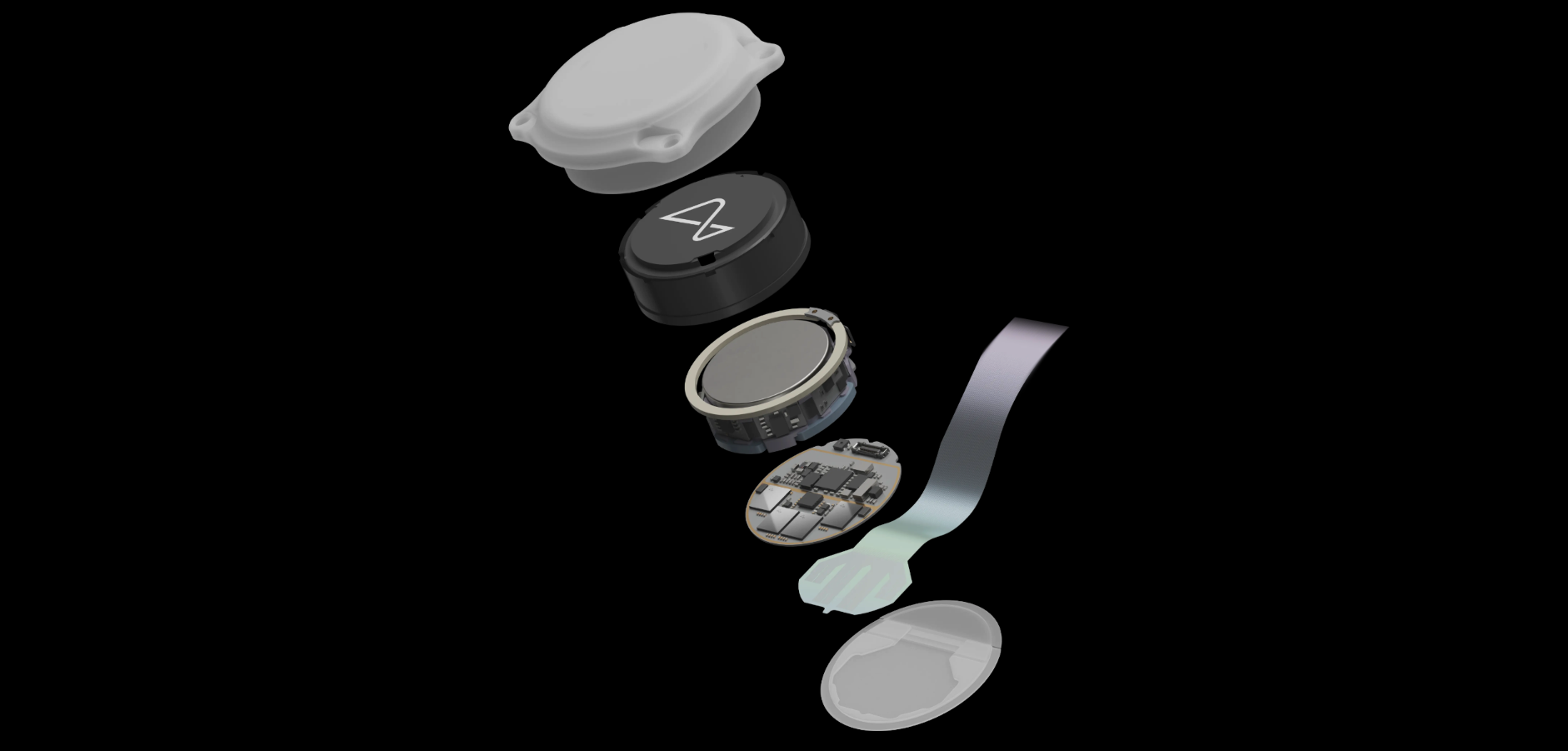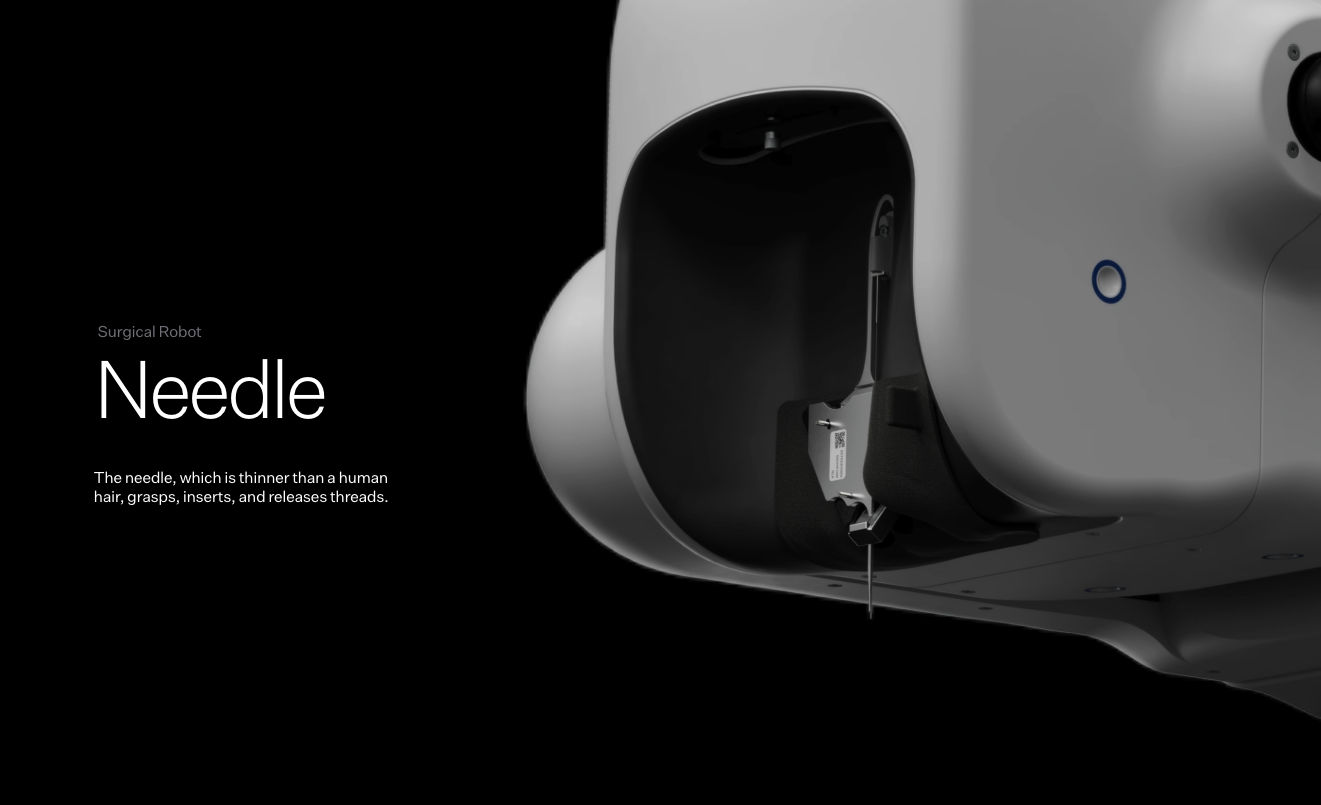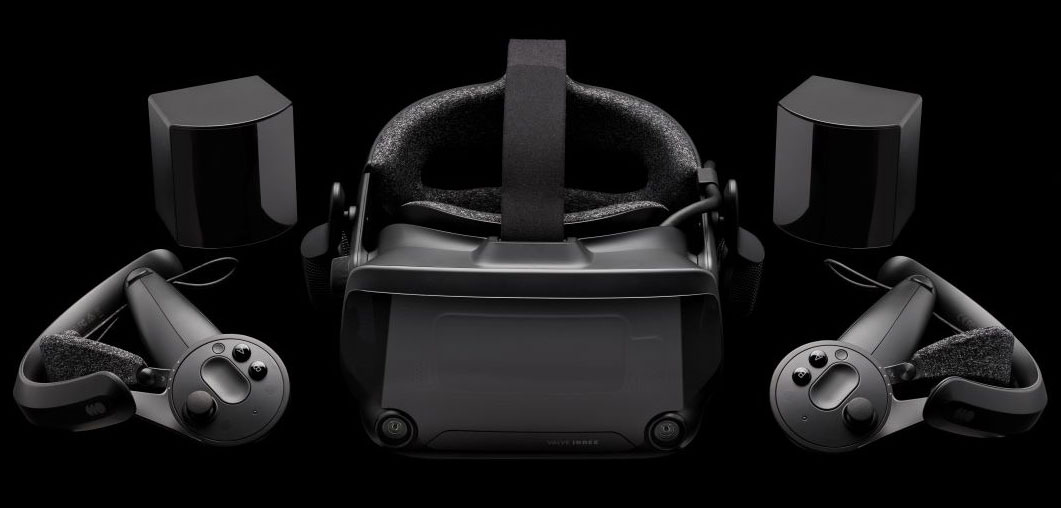
Just three weeks after Elon Musk reported that the first human patient to receive a Neuralink brain implant was recovering well comes news of the first successful thought control. Musk says the patient is able to "move a mouse around the screen by just thinking."
As we explained previously, Neuralink aims to produce a brain-computer interface (BCI) that will enable a human to control and communicate with a computer using only their brain activity.
Neuralink's specific BCI is branded Telepathy and its initial target will be patients who have lost control of their limbs. But the start up's long term ambitions are very broad and include treatment or support for everything from obesity and autism to depression and schizophrenia.
As for the specifics of what we'll call Patient A, Musk and Neuralink aren't being terribly forthcoming, with Musk only revealing that Neuralink is now attempting to get as many mouse button clicks as possible from the patient.
The identity or medical condition, if any, of the patient is not known. Nor is the quality of mouse cursor control or any idea of what the experience is like for the subject. Musk has only said that, "progress is good, and the patient seems to have made a full recovery, with no ill effects that we are aware of."

Of course, some might argue that direct brain control of the likes of a mouse cursor can be achieved without the invasive insertion of a chip. And that's true. But then you've got to start somewhere.

Best VR headset: which kit should you choose?
Best graphics card: you need serious GPU power for VR
Best gaming laptop: don't get tied to your desktop in VR
Think of it like a new experimental hypersonic aircraft. Sure, the billions spent might not seem like a great investment as you watch it taxi along the service road next to a runway and get overtaken by an old bus that can do the same thing for a lot less money and bother. But you have to do that taxiway shakedown thing before the really exciting business of hypersonic flight can be attempted.
Or maybe the whole thing is just another whacky scheme Musk has cooked up. Is Neuralink another SpaceX, an endeavour that absolutely is revolutionising space flight? Or is it another Hyperloop, the 600mph underground vacuum tube intercity transport system that Musk dreamt up but which has apparently been shelved and the prototype for which has reportedly been turned into a car park?
Here's hoping it's the former, particularly for those for whom the technology promises huge benefits to everything from personal mobility to freedom and quality of life. For the record, Neuralink's first clinical trials remain open to recruitment.







